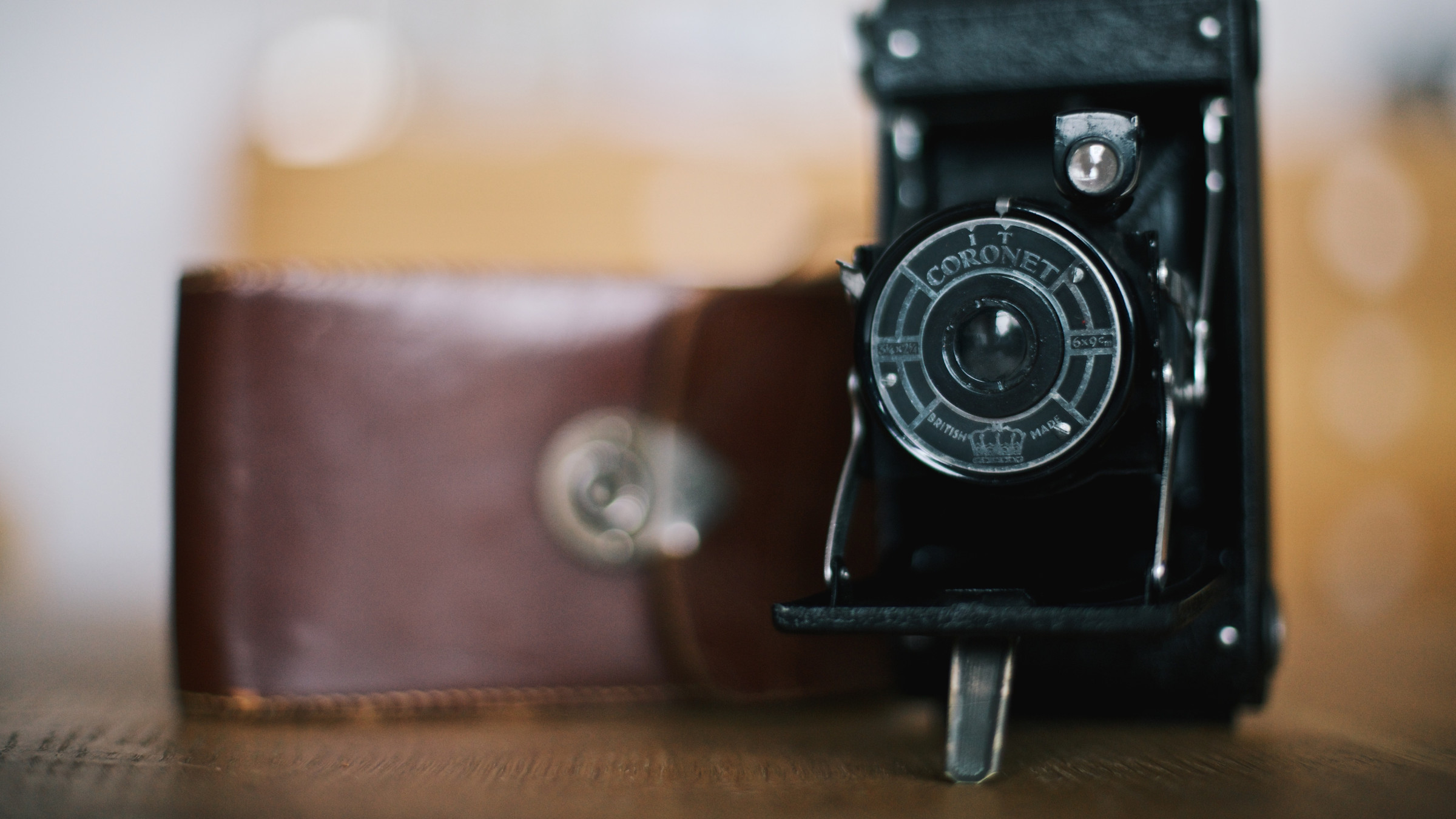Fame is a fickle food, and sometimes it’s served far too late. Joining the likes of Emily Dickinson and Vincent van Gogh, these 3 brilliant photographers only gained popularity postmortem.
Vivian Maier
Who was Vivian Maier? That is the question that critics and documentary-makers have sought to answer since the discovery by Chicago collector John Maloof of a hidden collection of photos and negatives in 2007. Further work was discovered around this time by two other Chicago-based collectors, Ron Slattery and Randy Prow. It was two years later, however, that the true power and appeal of Maier’s work would become clear. Maloof shared some of Maier’s work on his Flickr account, sparking a surge of visits and intense critical interest.
The greatest surprise was that Maier, who passed away in 2009, had built up an enormous body of work comprising more than 150,000 images – plus films and recordings – in almost complete anonymity, while working as a nanny for over 40 years. Unknown, unrecognised and unappreciated she may have been in her lifetime, but her work lives on and is now being heralded as the work of a photographic genius.
Already the subject of books and documentary films, expect to see Vivian Maier: The Movie at some point.
Mike Disfarmer
The remote mountain community of Heber Springs, Arkansas might seem an unlikely home for one of the 20th century’s most extraordinary photographers, but for Mike Disfarmer it was the perfect location to pursue a unique photographic project. Born in 1884, Disfarmer set up a photo studio in town and spent the majority of his life relentlessly documenting agrarian, small-town America with endless portraits of the local community.
The majority of the sitters appear strained and grim-faced – at best solemn – but this may have less to do with the grinding poverty of their rural existence at the time, and more with the demands of the supposedly highly eccentric Disfarmer barking directions at them. Although he was something of a local celebrity in Heber Springs, Disfarmer was unknown to the wider photographic community until the 1970s when a large collection of his negatives was discovered, more than a decade after his death. Today, his work is lauded by the art community, and his prints are found on the walls of galleries and collectors the world over – the legacy of a great American eccentric and a glimpse of an America now gone forever.
Julia Margaret Cameron
Born in 1815, the remarkable Julia Margaret Cameron didn’t even begin toying with photography until the age of 48 when she received a camera as a present from her daughter. Little did she – or any of her family – realise at the time quite what that gift would trigger.
Over 11 years, Cameron proceeded to pioneer new photographic techniques, advancing the field of photography from a technical standpoint, and also experimenting with a variety of artistic approaches, delivering startling results. Sadly for Cameron, her photos earned only limited recognition within the nascent photographic community at the time. Her work wasn’t seriously reappraised until 1948, nearly 70 years after death, with the publication of a book about her life. Today, sadly far too late, she is recognised as one of the most important and influential figures of early photography, whose portraits are as revealing and thought-provoking as those of any modern star photographer.
Article by James Lee-Tullis














Sorry, the comment form is closed at this time.